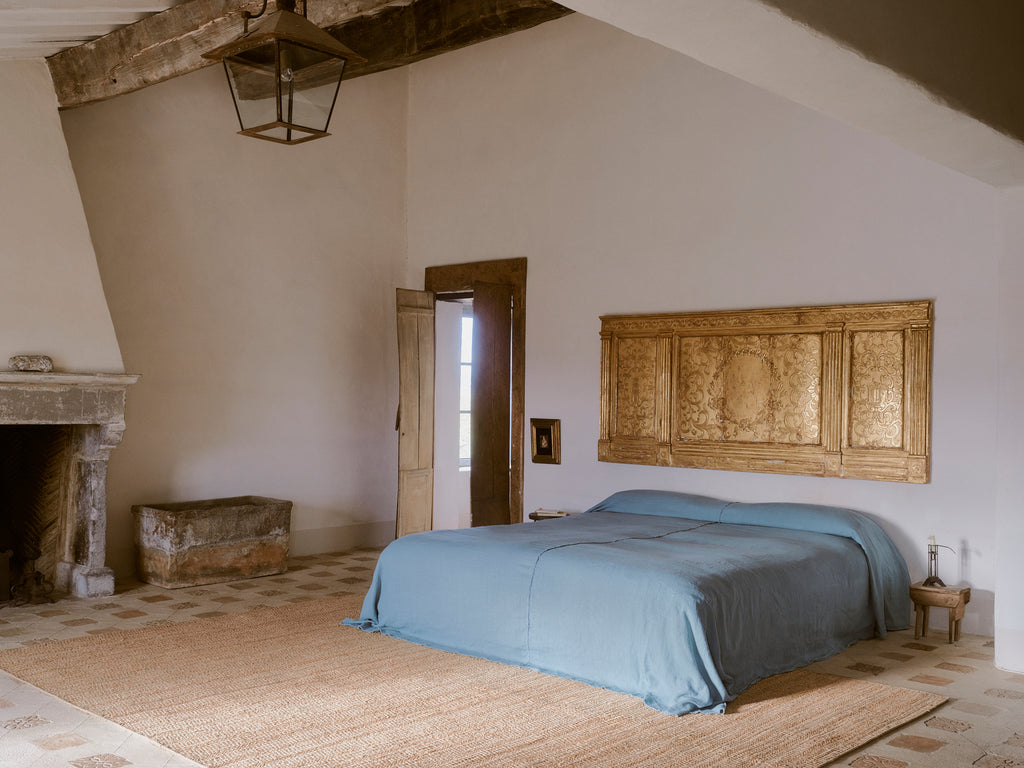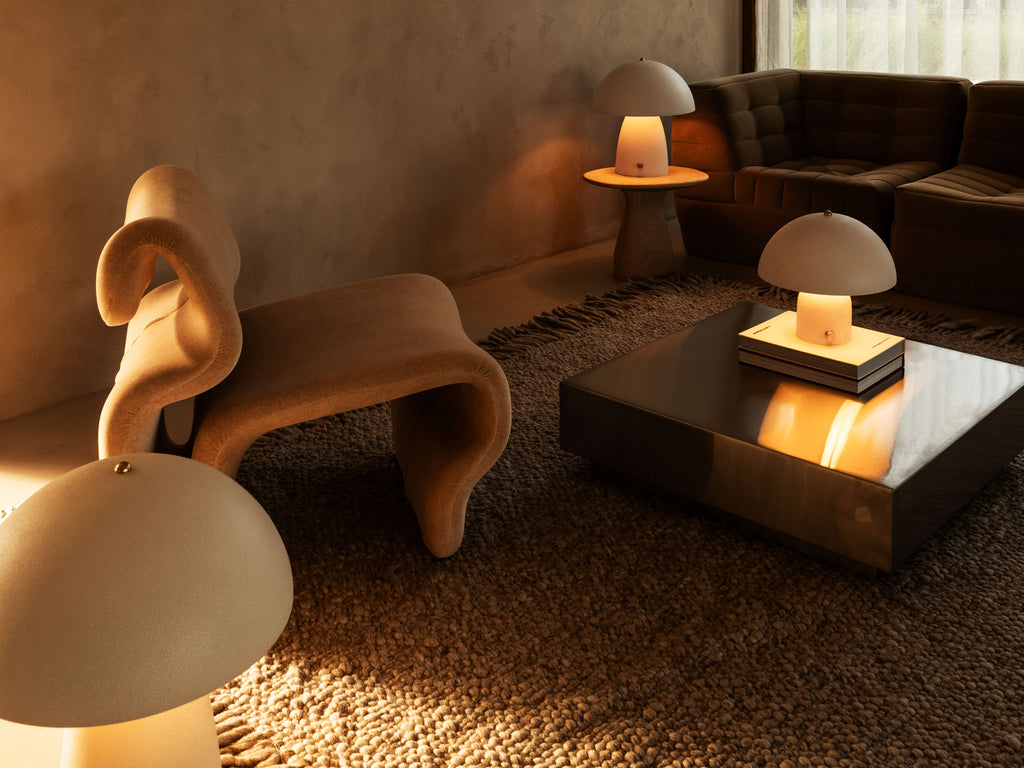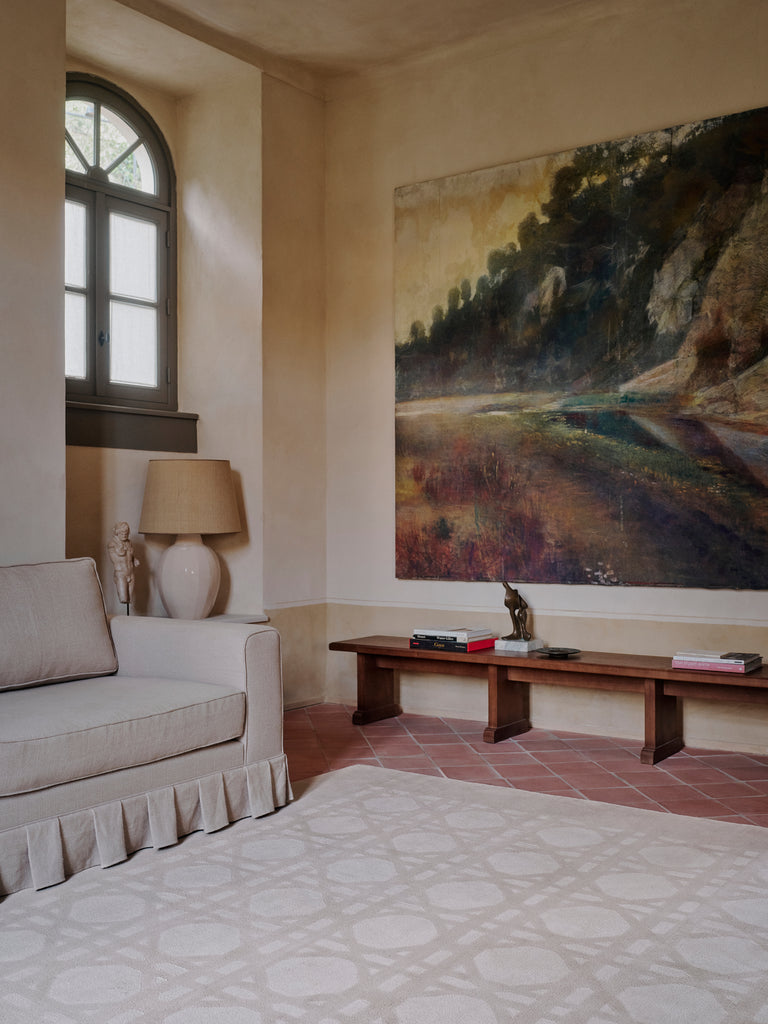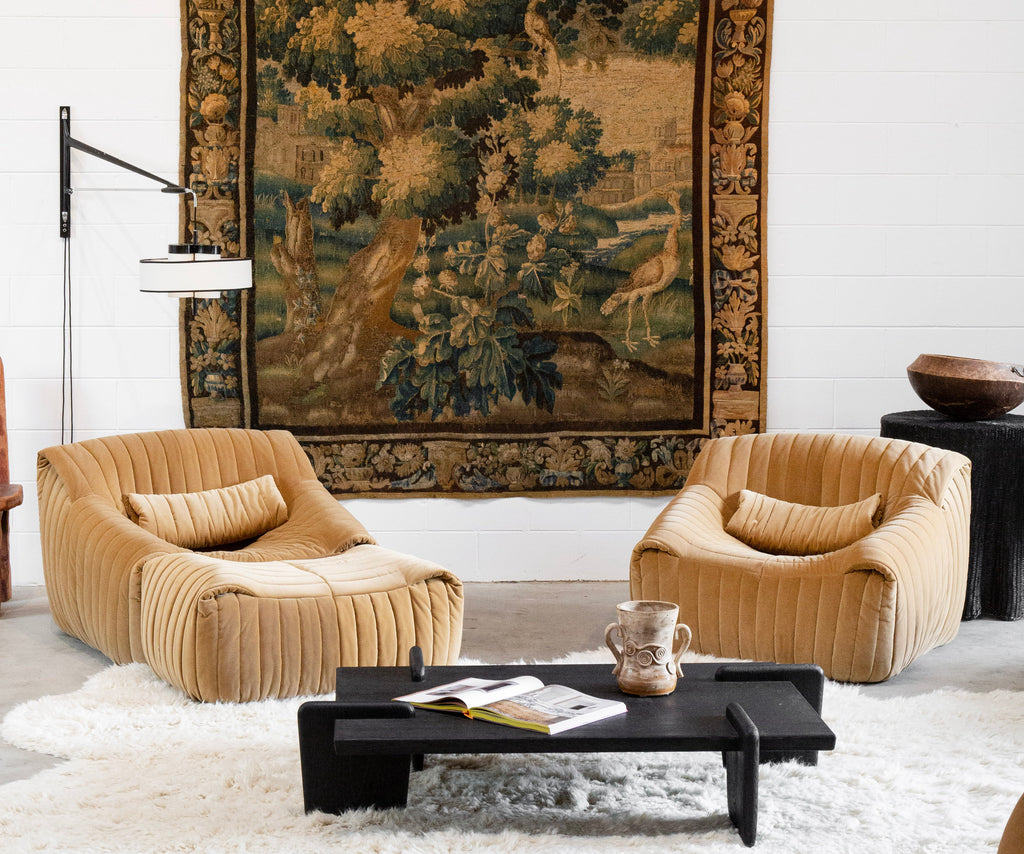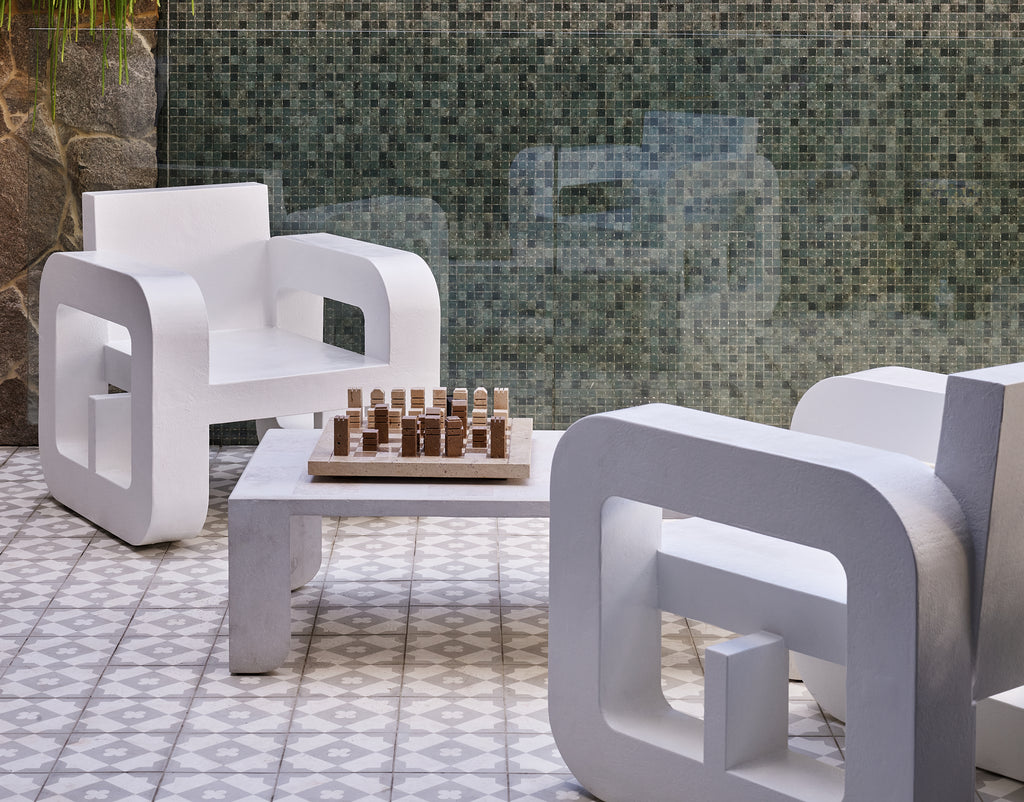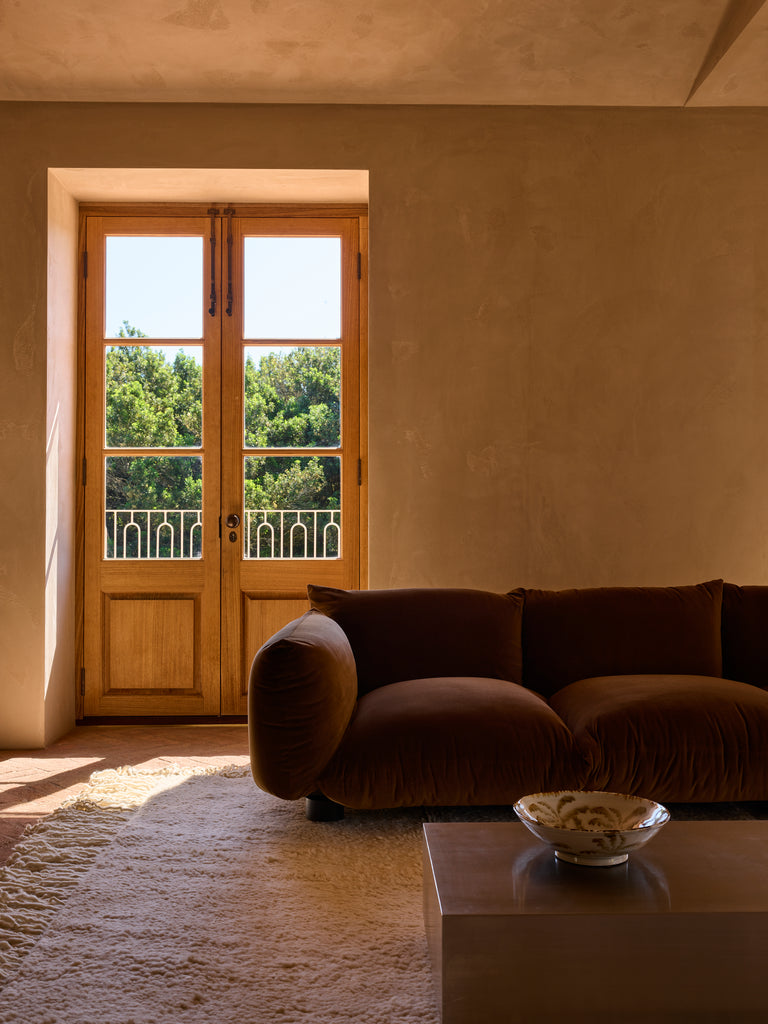
DESIGN FOCUS
Opulent Modernism - Warren Platner
"A design classic is something that every time you look at it, you accept it as it is and you see no way of improving it."
An icon of 1960’s modernism, Warren Platner was an American architect and designer who was praised for his innovative techniques, unique designs, and multidisciplinary repertoire.
Born in Baltimore, Maryland in 1919, he graduated from university with an architectural degree, and soon after began working with luminary architects Raymond Loewy (responsible for cultural icons of popular design such as the Air Force One’s distinctive blue white and chrome livery, logo’s for Chubb, BP, Shell, and the U.S Postal Service, to the modern-day contour bottle of Coca-Cola) and I.M Pei (who in his work designed the glass pyramid for the Louvre, Paris.)
During this time, he took part in the design of the Dulles International airport, the Reparatory Theatre at the Lincoln Centre, and parts of Yale University. In 1966 he established the eponymous ‘Platner Collection’ of sculpted wire furniture in collaboration with Knoll. Reflecting a dramatic shift in cultural values, modernism became more expressive in the 1960’s, and this collection captured the ‘decorative, gentle, graceful’ qualities that were beginning to surface in modern culture.






The collections unique, harmonious forms are created by welding hundreds of curved vertical steel rods to circular frames, simultaneously serving as structure and ornament. The central piece of the collection is a chair conceived as an extension of its base that envelops the seated person. For this project he personally formulated the materiality and explored an opportunity to merge the competing aesthetics of the time.
“I began to think about what I thought furniture, specifically a chair, really might be, starting with the philosophy that it isn’t going to be aggressively technological, or aggressively handicraft…I, as a designer, felt there was room for the kind of decorative, gentle, graceful kind of design that appeared in period style like Louis XV, but it could have a more rational base instead of being applied decoration…I thought why separate support from the object. Just make it all one thing. Starts at the floor and comes up and envelops me, supports me. What I wanted to achieve was a chair that, number one, was complementary to the person sitting in it, or to the person in the space between the wall and the chair — what the chair did for the person in respect to the scale of the person and the space.”
He also outlined the definition of a classic as being, 'something that every time you look at it, you accept it as it is and you see no way of improving it,' a quality that has often been applied to this series of furniture.
Platner believed there was a missed opportunity for the architect to not also be involved in the design of the interiors and that the essence and character of a building’s design should come from within.“It is lacking to ignore interiors,” he said, “because after all, what’s the building for?”
Perhaps it was this belief and the success of his Knoll collection that saw Platner establish his own design firm the following year. Adamant not to limit himself on architecture alone, and began experimenting with furniture design, lighting, textiles, and interiors.
Lending a sculptural quality to all pieces he designed, Platners’ work has been honoured internationally and remains part of the permanent collection in MoMA. It is his furniture collection with Knoll that earned him worldwide renown, and keeps his name resounded as an icon of modern furniture design.
_____________
Photography — Knoll + Architectural Digest
SHOP WARREN PLATNER


